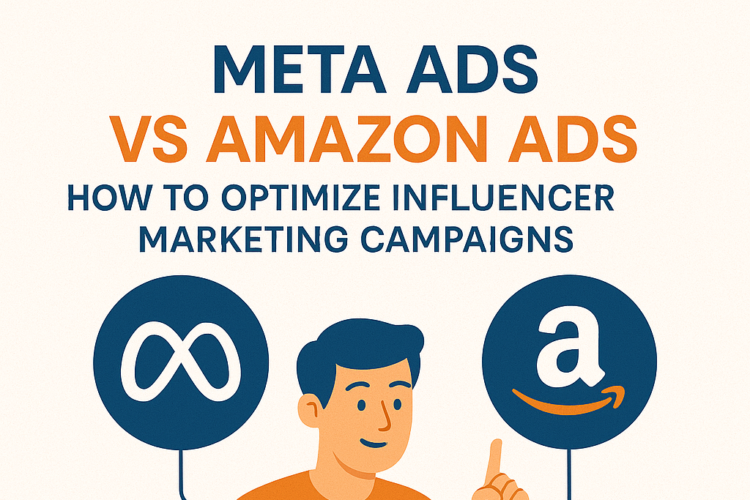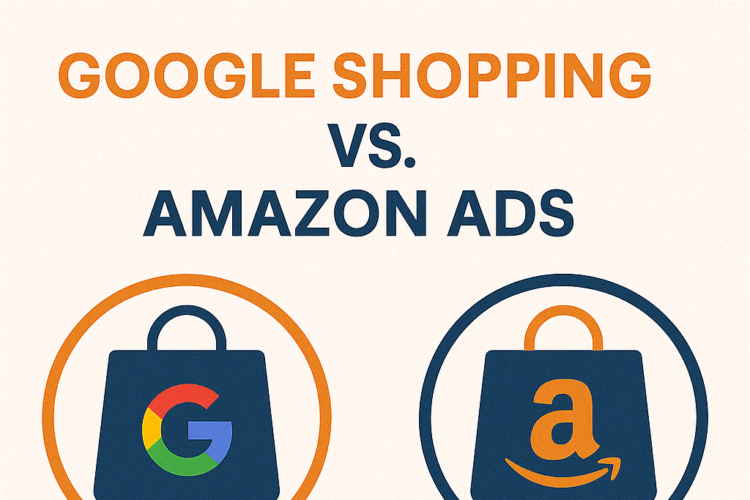
Industry Benchmarks: What’s a Good CTR in 2025?
Introduction
Click-through rate (CTR) remains one of the most critical metrics for measuring the success of digital advertising campaigns. As of 2025, industry standards for CTR vary widely depending on the platform, industry, and ad type. This article explores what constitutes a “good” CTR in 2025, highlighting benchmarks, influencing factors, and actionable tips for improvement.
What is CTR?
CTR, or click-through rate, is the percentage of users who click on a link, ad, or call-to-action (CTA) compared to the total number of impressions. It’s calculated as:
CTR = (Clicks / Impressions) × 100
A high CTR indicates that your audience finds your content relevant and engaging, making it a crucial performance metric for digital marketing.
Benchmarks for CTR by Platform
1. Google Ads (Search Network)
Google Ads search campaigns often have higher CTRs due to their intent-driven nature. In 2025, the average CTR for Google Ads search campaigns is approximately 4-6%, with top-performing industries reaching 10% or higher.
Top Industries:
Legal: 6-8%
E-commerce: 4-5%
Finance: 5-7%
2. Google Ads (Display Network)
Display ads generally have lower CTRs due to their more passive nature. The average CTR on Google Display Network is around 0.5-1% in 2025.
Top Industries:
Travel: 0.8-1.2%
Real Estate: 0.6-1%
Technology: 0.7-1.1%
3. Facebook Ads
Facebook’s CTR depends heavily on the quality of targeting and creative. The average CTR for Facebook ads in 2025 is 0.9-1.6%.
Top Industries:
Retail: 1.2-1.8%
Fitness: 1.4-2%
Education: 1.1-1.5%
4. Instagram Ads
Instagram, being a highly visual platform, tends to have slightly higher CTRs than Facebook. In 2025, the average CTR for Instagram ads is 1.1-2%.
Top Industries:
Fashion: 1.8-2.5%
Beauty: 2-2.8%
Travel: 1.5-2.2%
5. LinkedIn Ads
LinkedIn caters to a professional audience, and its CTR benchmarks reflect the intent-driven engagement of its users. The average CTR for LinkedIn ads in 2025 is 0.5-1%.
Top Industries:
B2B Tech: 0.7-1.2%
Recruiting: 0.8-1.3%
Education: 0.6-1%
6. YouTube Ads
YouTube ads focus on video engagement, leading to CTRs averaging 0.4-0.7% for skippable in-stream ads in 2025. Non-skippable ads tend to have slightly higher engagement rates.
Top Industries:
Entertainment: 0.6-0.9%
Gaming: 0.5-0.8%
Automotive: 0.5-0.7%
Factors Influencing CTR
1. Industry
Certain industries naturally see higher CTRs due to user intent. For example, legal and medical fields often outperform others because of their high stakes and specific search queries.
2. Ad Quality
Compelling ad copy, high-quality visuals, and clear CTAs significantly impact CTR.
3. Targeting
Precise audience targeting ensures your ads reach users most likely to engage, improving CTR.
4. Device Type
Mobile users often exhibit higher CTRs due to ease of interaction. Optimizing for mobile is essential.
5. Ad Placement
The position of your ad, whether at the top of search results or within premium display slots, influences its visibility and CTR.
6. Seasonality
CTR can fluctuate depending on the time of year. For example, e-commerce CTRs peak during holidays like Black Friday and Christmas.
How to Improve Your CTR
1. Refine Targeting
Leverage advanced targeting options like custom audiences, retargeting, and lookalike audiences to reach highly relevant users.
2. Optimize Ad Copy
Write compelling headlines and descriptions that align with user intent. Use numbers, questions, and action-oriented language to grab attention.
3. Invest in Creative Assets
High-quality visuals and videos can dramatically improve CTR. Ensure your creative aligns with your brand and resonates with your audience.
4. Use Clear CTAs
Encourage users to take action with direct and concise CTAs, such as “Shop Now,” “Learn More,” or “Get Started.”
5. A/B Test Ads
Continuously test different headlines, images, and CTAs to determine which combinations yield the highest CTR.
6. Optimize for Mobile
Ensure your ads and landing pages are mobile-friendly to capture users on smartphones and tablets.
7. Leverage Ad Extensions
Use ad extensions like sitelinks, callouts, and structured snippets to provide additional value and improve visibility.
Conclusion
A “good” CTR in 2025 depends on your platform, industry, and campaign goals. While benchmarks provide a useful reference, the true measure of success lies in how your CTR compares to your historical performance and aligns with your objectives. By focusing on targeted, high-quality campaigns and regularly optimizing your approach, you can achieve and surpass industry standards for CTR.
Author

